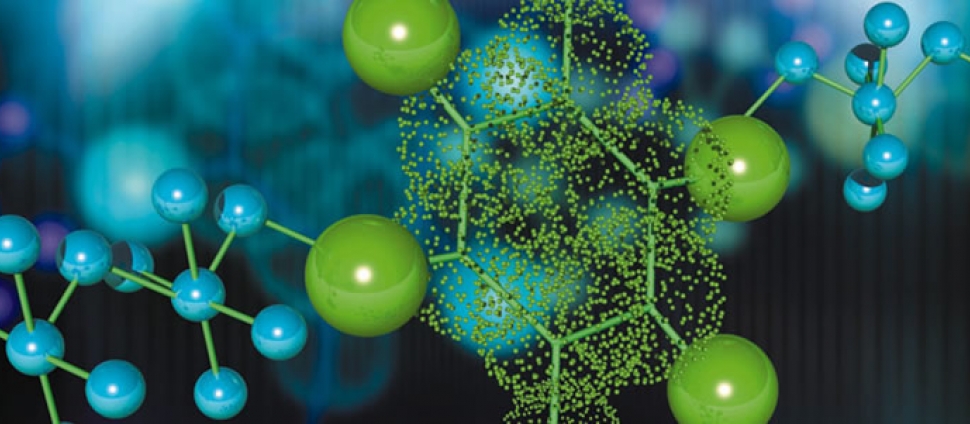Effect of the Spiroiminodihydantoin Lesion on Nucleosome Stability and Positioning
This document has been relocated to https://scholarworks.smith.edu/chm_facpubs/2/
Abstract
DNA is constantly under attack by oxidants, generating a variety of potentially mutagenic covalently modified species, including oxidized guanine base products. One such product is spiroiminodihydantoin (Sp), a chiral, propeller-shaped lesion that strongly destabilizes the DNA helix in its vicinity. Despite its unusual shape and thermodynamic effect on double-stranded DNA structure, DNA duplexes containing the Sp lesion form stable nucleosomes upon being incubated with histone octamers. Indeed, among six different combinations of lesion location and stereochemistry, only two duplexes display a diminished ability to form nucleosomes, and these only by ∼25%; the other four are statistically indistinguishable from the control. Nonetheless, kinetic factors also play a role: when the histone proteins have less time during assembly of the core particle to sample both lesion-containing and normal DNA strands, they are more likely to bind the Sp lesion DNA than during slower assembly processes that better approximate thermodynamic equilibrium. Using DNase I footprinting and molecular modeling, we discovered that the Sp lesion causes only a small perturbation (±1–2 bp) on the translational position of the DNA within the nucleosome. Each diastereomeric pair of lesions has the same effect on nucleosome positioning, but lesions placed at different locations behave differently, illustrating that the location of the lesion and not its shape serves as the primary determinant of the most stable DNA orientation.


